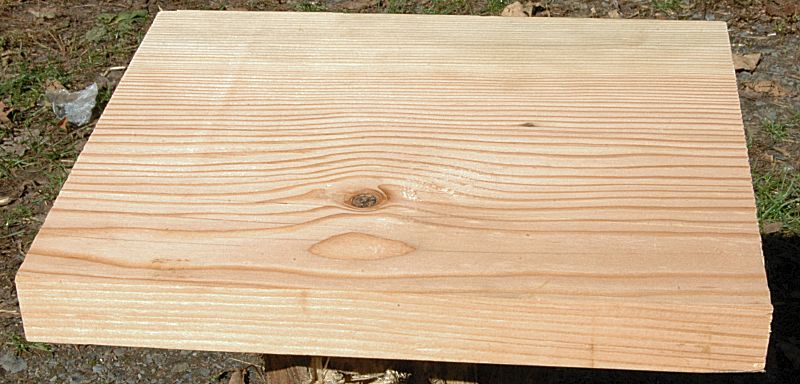
In order to show handsaws are a quick and accurate tool for woodworkers of all ability levels, I have created this demonstration. The piece of scrap Douglas Fir on the left is about a foot in length, 9½ inches in width, and 1 ¼" thick. One end is crosscut on a table saw, the other with a run-of-the-mill Disston D-20, 10 point-per-inch handsaw. Your assignment is to tell which cut is done with the tablesaw and which was done with the handsaw. Below are two views of each cut for you to judge.
A
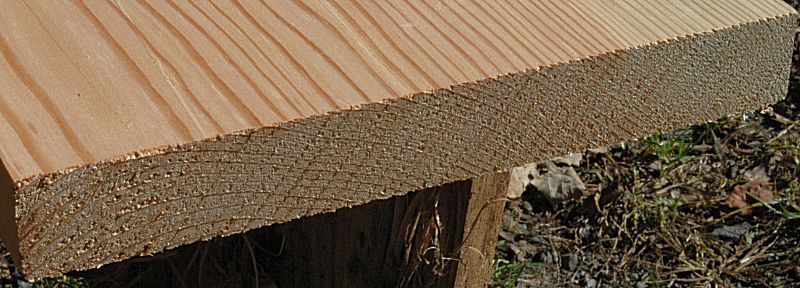
You should notice that both cuts are square, but very little time was spent doing this. No guides were used to make the handsaw square to the board.
B
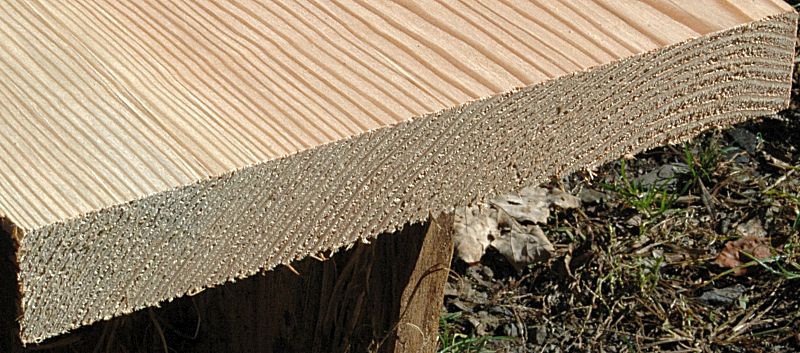
All I did was scribe a line on the top of the board to mark my cut and what you see is my first attempt.
C
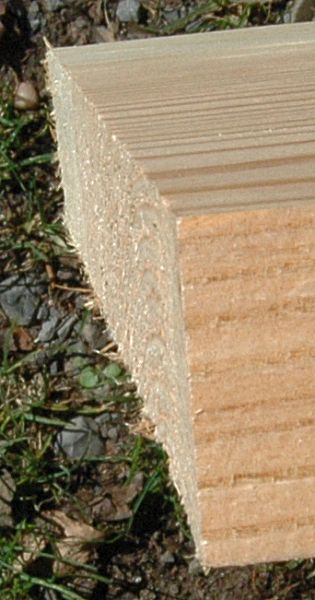
The handsaw was new to me, and I had just sharpened it. This demonstration was the first time I had used the saw, so it's not as if I have had hours of practice learning the nuances of this particular saw. Have you decided yet which photos show the handsaw's cut?
D
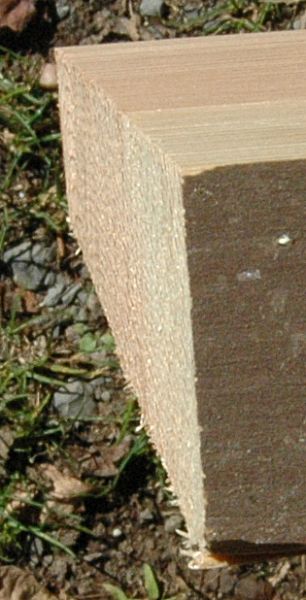
E
